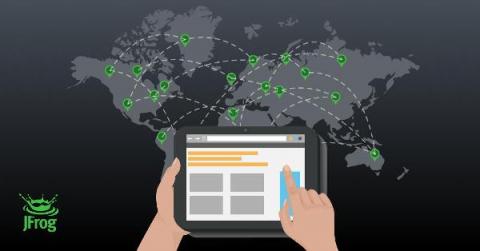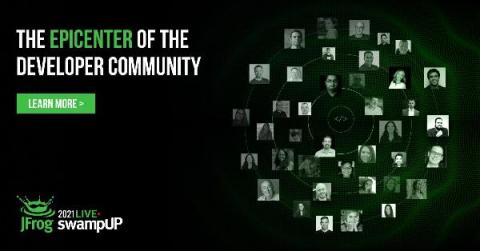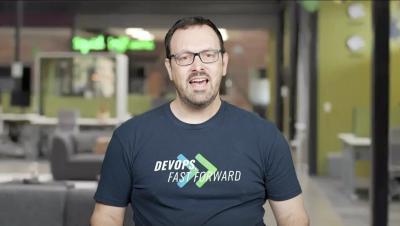Enable Multi-Site DevOps with Federated Repositories
The days when applications were created by a small team of developers in one room are long past. Enterprise software development is now a highly collaborative endeavour of packages shared by intersecting teams across multiple sites spread across the globe.



























